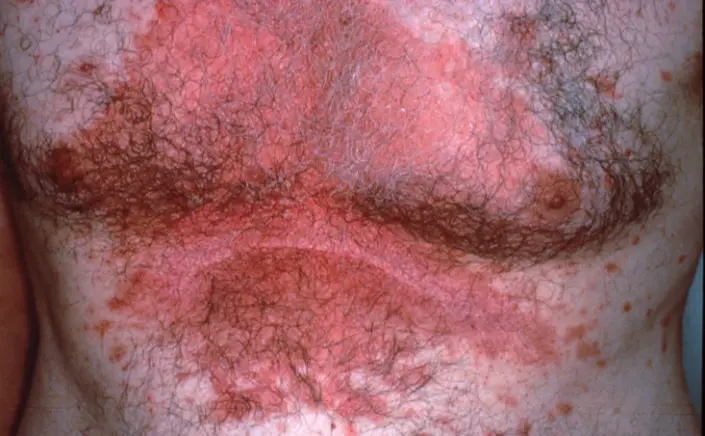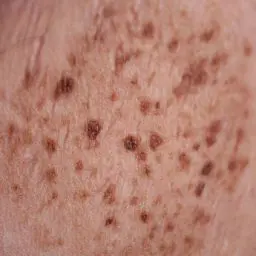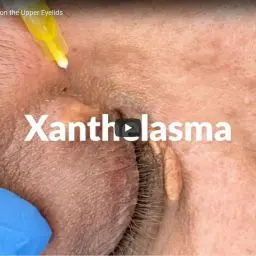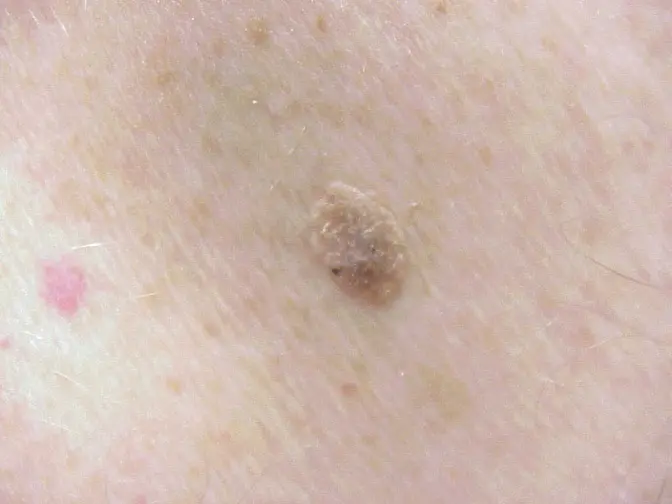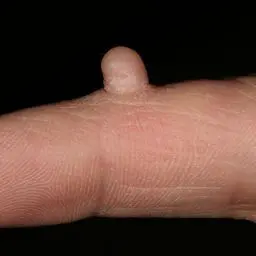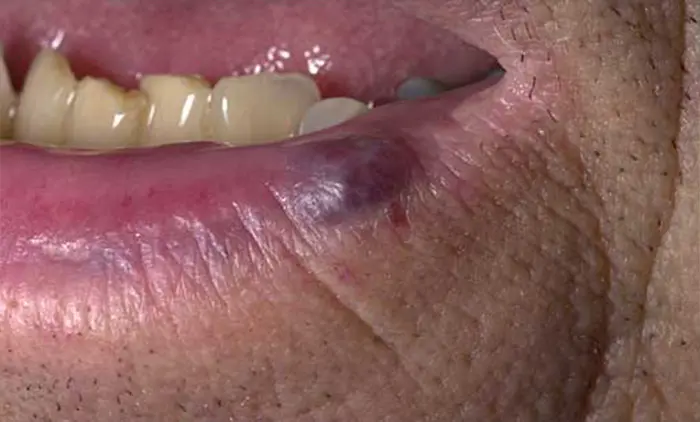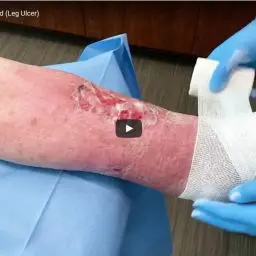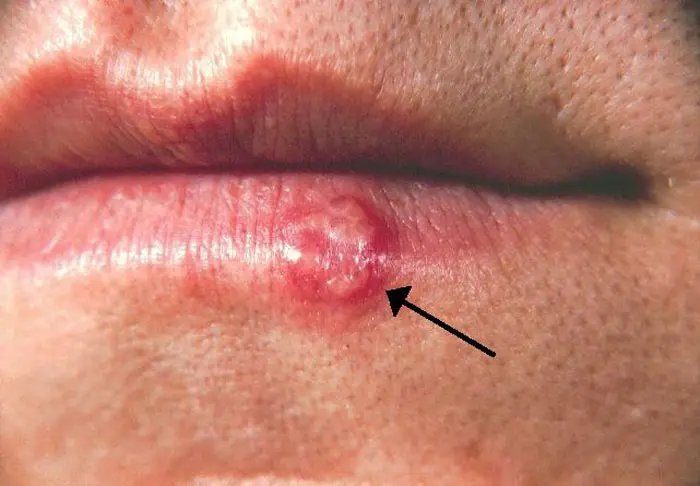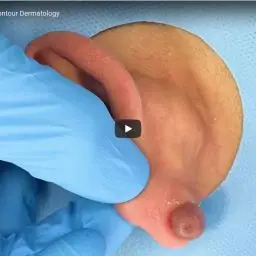Seborrheic Dermatitis
Skin Conditions
Seborrheic dermatitis is a common skin disorder that can be easily treated. This condition is a red, scaly, itchy rash most commonly seen on the scalp, sides of the nose, eyebrows, eyelids, skin behind the ears, and middle of the chest. Other areas, such as the navel (belly button), buttocks, skin folds under the arms, axillary regions, breasts, and groin, may also be involved.
It is a papulosquamous disorder patterned on the sebum-rich areas of the scalp, face, and trunk. In addition to sebum, this dermatitis is linked to Malassezia,[1] immunologic abnormalities, and activation of complement. Its severity ranges from mild dandruff to exfoliative erythroderma.
Signs and Symptoms
History findings in seborrheic dermatitis may include the following:
-
Intermittent, active phases manifesting with burning, scaling, and itching, alternating with inactive periods; activity is increased in winter and early spring, with remissions commonly occurring in summer
-
In active phases, potential secondary infection in intertriginous areas and on the eyelids
-
Candidal overgrowth (common in infantile napkin dermatitis)
-
Generalized seborrheic erythroderma (rare)
Treatment
Early treatment of flares is encouraged. Behavior modification techniques in reducing excoriations are especially helpful with scalp involvement.
Topical corticosteroids may hasten recurrences, may foster dependence because of a rebound effect, and are discouraged except for short-term use. Skin involvement responds to ketoconazole, naftifine, or ciclopirox creams and gels.


